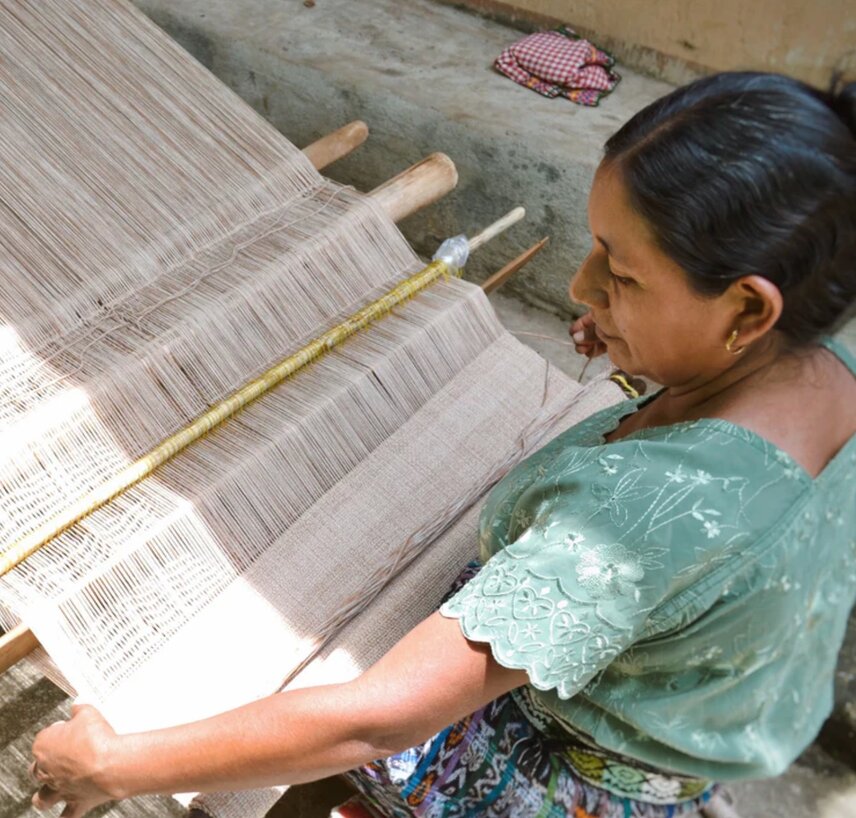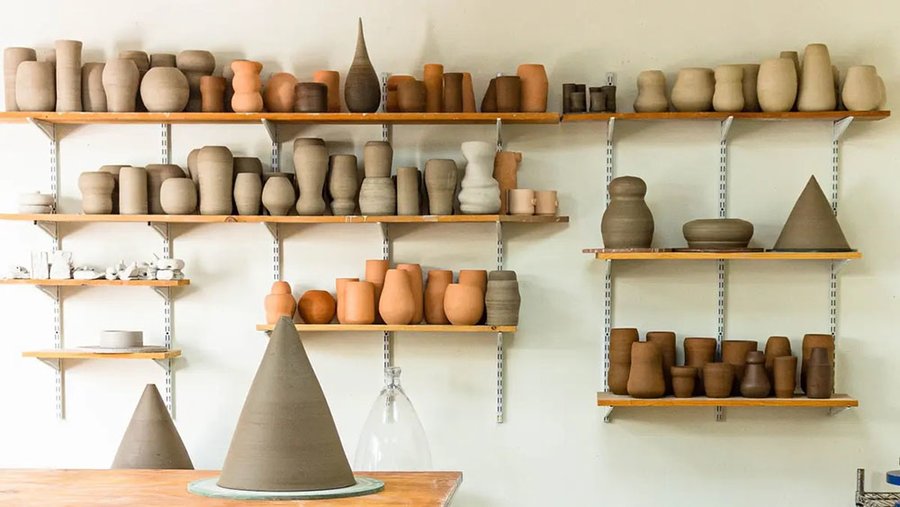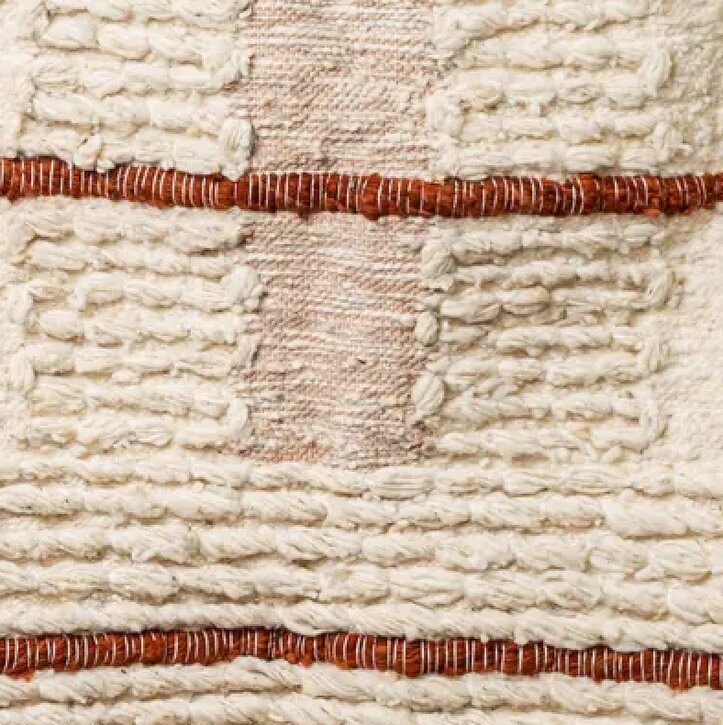PBP Insights
When Organic Isn't Good Enough, Grow Your Own
Wayil by Algondones Mayas cultivates pre-Hispanic Cotton, preserving both environment and culture.




When Luisa Villavicencio talks about cotton being green, she isn’t speaking metaphorically. Villavicencio is the CEO and designer of Wayil by Algondones Mayas, a Guatemalan maker that cultivates its own pre-Hispanic cotton, which come in a variety of unique hues. We asked her to walk us through Wayil’s mission, one her parents began three decades ago.
“Cotton experienced a significant surge in cultivation in Guatemala during the 1950s to 1970s. My father, who was deeply passionate about Guatemalan culture, embarked on a journey by initially producing ixcaco and cuyuscate varieties—the very seeds utilized by the Mayans for their distinctive clothing. Today, we cultivate about 13 acres of four different varieties of cotton, including jade and jaspered jade.The introduction of the jade color was a visionary move by my father, following several pollination experiments, to bring forth a hue unique from other regions in Guatemala.

Ginger and marigold jellies in a serving vessel by Fefo Studio.
Recognizing the remarkable colors and quality achieved, we collaborated with skilled artisans nationwide. We go from cotton seed to exquisite final product, where every step is infused with a commitment to eco-friendly practices. What sets us apart is not just the aesthetic appeal but also our staunch opposition to synthetic dyes, recognizing their harmful effects on our oceans and biodiversity. We're not just a brand; we're stewards of preservation, contributing to a greener and healthier planet.

Beyond aesthetics, our commitment extends to community development. By supporting local communities and families, particularly empowering women with employment opportunities, we not only contribute to the preservation of cultural heritage but also foster sustainable growth and social impact. Our journey is not just about textiles; it's a narrative of craftsmanship, innovation, and socio-economic empowerment.”
This article was originally printed in our Crafted journal. To view the entire issue, click here.
